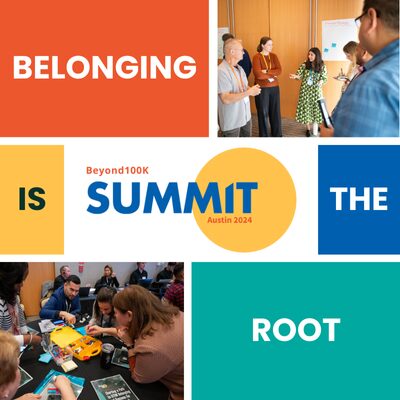The other day, I went with my kids to get ice cream around the corner. It was a hot, early-summer day. I won’t lie: I was just as excited as they were. We got in line, my eyes drifted up to the board with the prices, and I nearly passed out. For me and three kids, our little outing to the local ice cream shop was about to become a very expensive proposition. Not that long ago, those same two scoops at the same place cost about half as much. What the ???
It’s Inflation
It’s not just the ice cream cone. It’s also shampoo, notebook and pencils, backpack and new sneakers for back-to-school, the amusement park admission for that last gasp of summer, and the babysitter you pay so you and your +1 can go out for a drink before the mayhem of the school year begins anew.
In the U.S., we’re experiencing a 40-year high in inflation, and rates are similar around the globe. [Important note, educators: Inflation, which went up 8% in the first half of the year, cooled in July, as gas prices fell. Since the pandemic and especially since the war in Ukraine, the economy has been more unpredictable than usual, and economists aren’t sure where things are going. I’ll update this piece with current numbers in September, but the underlying explanation is true wherever inflation goes in the coming months.
Read the full article here.


